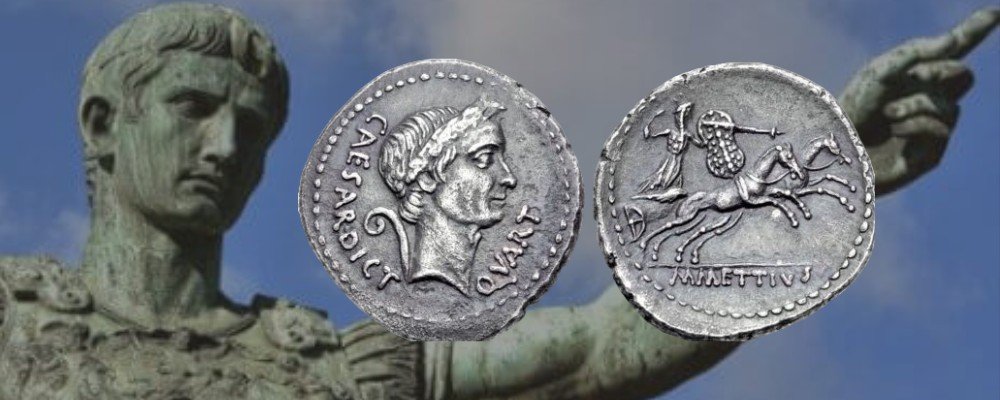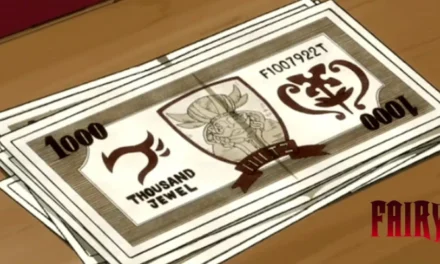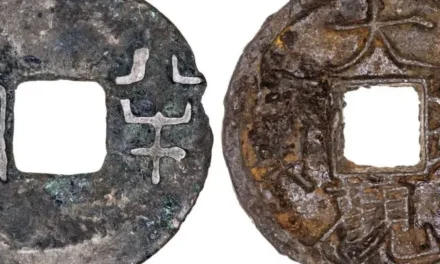Step back into the tumultuous final years of the Roman Republic with the Denarius of Julius Caesar. This coin not only circulated during one of the most pivotal times in Roman history but also served as a powerful tool in Caesar’s extensive propaganda campaigns.
Join me, Victor Gordon, as we explore the design, significance, and enduring impact of the Denarius of Julius Caesar. Keep reading!
Overview
The Denarius of Julius Caesar is among the most iconic coins of ancient Rome, minted between 49 and 44 BC—a period marked by civil wars and the rise of imperial Rome.
This coin is significant not only because it features one of history’s most famous figures but also because it reflects the strategic use of coinage as a medium for political messaging by Julius Caesar, who understood well the power of symbols in swaying public opinion.
History of Julius Caesar’s denarius
Julius Caesar issued this coin during a time of profound upheaval in Rome. As he crossed the Rubicon in 49 BC, Caesar set into motion the series of events that would lead to the fall of the Roman Republic and the rise of the Empire.
The denarius was minted as Caesar was consolidating power, following his appointment as dictator perpetuo (dictator for life), a title that he held until his assassination in 44 BC. The coin served not only as a monetary instrument but also as a vehicle for promoting his legitimacy and divine favor.
Coin design
- The Denarius typically features a profile of Caesar on the obverse, marking one of the first times that a living person’s portrait appeared on Roman coinage—a bold statement about his singular authority and god-like status.
- The reverse varied but often included symbols of the deity Venus, from whom Caesar claimed descent. These symbols might include images such as a star, scepter, or Venus herself, reinforcing his claimed divine lineage and right to rule.




Value and current worth
Today, the Denarius of Julius Caesar is a treasure for any collector of ancient coins, valued both for its historical significance and its rarity. The coins can fetch a high price at auctions, especially those in well-preserved condition with clear depictions.
Prices vary greatly depending on multiple factors, design and material of the coin, but can range from $100 to $50,000 according to eBay.
Collectors and historians prize these coins for their connection to one of the most significant figures in Western history and for their role in the dramatic political events of ancient Rome.
Curiosities and fun facts
- The introduction of Caesar’s portrait on coins was a departure from the traditional Roman republican practice, which typically featured gods and goddesses, and set a precedent for future emperors.
- Some versions of the Denarius also included motifs such as elephants, which may have symbolized Caesar’s power and his military prowess, referring to his victories in the Gallic Wars.
- Caesar’s use of coinage for propaganda was so effective that it continued to be a strategy employed by his successors, becoming a hallmark of Roman imperial imagery.
Conclusion
The Denarius of Julius Caesar is more than just an ancient coin; it is a piece of history that encapsulates the end of the Roman Republic and the rise of an empire.
It serves as a reminder of Julius Caesar’s unparalleled influence on Roman politics, culture, and even the course of Western civilization. For those who hold or study this coin, it provides a tangible connection to the legendary ruler’s ambitious reign and his lasting legacy.
Thank you for joining me on this exploration of the Denarius of Julius Caesar. This coin not only offers a glimpse into ancient Roman life and politics but also continues to fascinate those interested in the power of imagery and the art of propaganda through the ages.







Trackbacks/Pingbacks